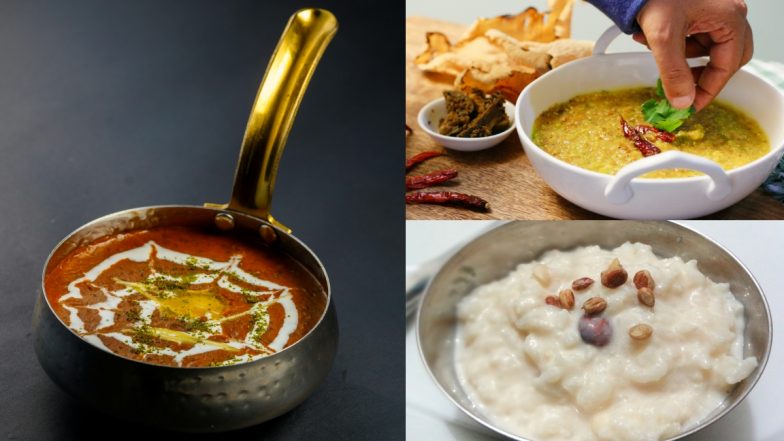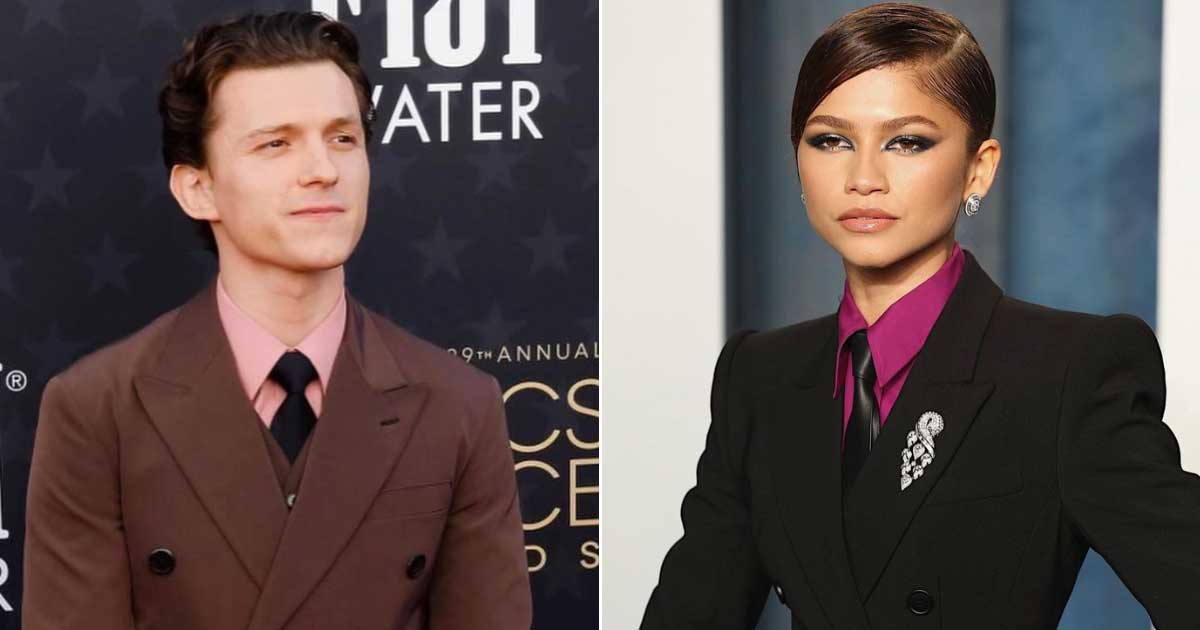Kellogg’s is one of the most popular cereal brands in the US, however, the company has recently been facing the wrath of hundreds of consumers calling for the company to hold up a key promise: eliminating artificial dyes.
Nearly a decade ago, Kellogg’s pledged to remove “harmful additives” from popular cereals such as Froot Loops and Apple Jacks—favourites among children—by 2018. However, despite the commitment, this promise remains unfulfilled.
On Tuesday, health activists, parents, and cereal lovers marched to the company’s Michigan headquarters demanding a ban.
What are they saying? What additives are they talking about? How do they affect our health? Here’s a closer look.
‘It’s un-American, it’s unethical, it’s immoral’
“I’m here for the moms, all the moms, who struggle to feed their children healthy food without added chemicals,” food blogger and activist Vani Hari told ABC News as she joined hundreds of Americans in a rally outside Kellogg’s headquarters in Battle Creek, Michigan.
Soon, activists led the march and delivered boxes of petitions to the corporation. The petitions included over 400,000 signatures demanding the company make a change.
The petitions called for a ban on all artificial dyes and chemical preservatives used by the company in its breakfast products.
When we arrived at @KelloggsUS headquarters to deliver over 400,000 petitions, I looked up and couldn’t believe my eyes. Inside the building an employee had written “GET OFF MY LAWN” on his office white board. There were hundreds of moms and children outside on that lawn. They… pic.twitter.com/BiBoi6dLOZ
— Vani Hari (@thefoodbabe) October 15, 2024
“I grew up on cereal. I still love it but I won’t eat @kelloggsus anymore after I found out that so many of the ingredients they use here in the US are BANNED in other countries. Why? Because they’re harmful for children,” Actress Eva Mendes told her 7 million Instagram followers in a post.
Kellogg’s has discontinued the use of artificial colours in countries including Australia, Europe and Canada, where Froot Loops are coloured with concentrated carrot juice, watermelon juice, and blueberry juice.
However, cereal batches in the US were found to contain various artificial dyes and butylated hydroxytolune (BHT), a chemical preservative.
“All of the cereals that they have targeting children have these artificial food dyes, but they don’t do this in other countries. It’s un-American, it’s unethical, it’s immoral,” Hari, who is also known as Food Babe told US-based news outlet NewsNation.
She continued, “And this made me so mad and I had to do something about it.”
What did Kellogg’s say?
In response to growing protests, Kellogg’s defended its stance, insisting that its products are safe to eat. The company emphasised that all its ingredients meet the safety guidelines established by the US Food and Drug Administration (FDA).
“The quality and safety of our foods is our top priority,” a Kellogg’s spokesperson said in a statement to Fortune. “Our products—and the ingredients we use to make them—are compliant with all applicable relevant laws and regulations, and we remain committed to transparently labeling our ingredients so consumers can easily make choices about the food they purchase,” it added.
Which food dyes are under the radar?
Artificial food dye is an additive used to colour a product.
Jamie Alan, PhD, an associate professor of pharmacology and toxicology at Michigan State University told _Fortune, “_The dye is artificial if it originates from a nonfood source. For example, red dye No. 40 is made from petroleum products.” Blue No.1 and Red No.3 are also made from petroleum.
To combat the use of artificial food dyes, California Governor Gavin Newsom signed a “first-in-the-nation” bill last month that bans public schools from serving food or snacks that contain these listed chemicals. California’s law bans four of the dyes now used in Kellogg’s Froot Loops cereal: Red Dye No. 40, Yellow Dye No. 5, Yellow Dye No. 6 and Blue Dye No. 1.
The health risks
The US Food and Drug Administration said it has reviewed the effects of colour additives on children’s behaviour and believes most children have no adverse effects when consuming them.
However, many of them haven’t been re-evaluated for years.
“Six out of seven of these dyes were approved by the FDA by 1931, and many have not been meaningfully reviewed for safety by the agency in decades,” Melanie Benesh, vice president of government affairs for nonprofit safety researcher Environmental Working Group told Fortune.
Critics agree. They say the agency’s standards were created without considering any assessment for possible neurological effects.
According to a 2021 study published by researchers at the Univerity of Berkeley and the University of Davis, exposure to these food dyes can also lead to hyperactivity and other neurobehavioral issues in children.
“Some children are more sensitive than other children, and sometimes even a small dose can cause these effects,” Alan told Fortune.
A study in Environmental Health Perspectives also noted that Yellow Dye No.6 (Sunset Yellow) and three other common dyes are likely to trigger allergic reactions, including skin swelling, hives, and breathing issues, particularly among asthmatics. Asthmatics are 52 per cent more likely to react to these dyes.
“Excessive use of food colouring can be harmful, even within permitted limits. Unfortunately, some individuals, often lacking proper education, may not realise the risks of overusing colouring agents,” Dr Charu Dua, Chief Clinical Nutritionist, Amrita Hospital Faridabad was quoted by The Hindustan Times as saying.
With input from agencies

)





